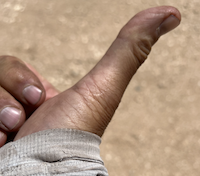There are so many lessons learned and impacts from this hike that I know I missed some. Hopefully, these are the most important ones. They are in no particular order.
I strive to be accepting, open, listen, and learn. Everyone can improve on these, especially me!
Chronicle My Hike
As I reviewed my photos and videos taken on the AZT, I realized that there are so many memories that I did not record. Annie and Kharen filled in some cases, and I thank them for that. I want to take more photos and videos to chronicle my hike. Those pictures are significant parts of my adventures. People, events, sunrises, sunsets, campsites, water sources, mountain passes and peaks, and even meals are opportunities to chronicle my adventures. I want to record my experience better.
Granted, this might be overdoing it, and not everything warrants a picture on every hike, but I want to take more photos and videos that collectively remind me and tell stories.
Tramily
I became part of a “tramily,” short for a trail family. I usually hike alone or for just a few days with others. For me, a tramily provides mutual support for almost everything on the trail. Not camping alone, sharing food and gear, hitching, shuttling together, and going to town together for resupply and meals are just a few everyday activities of a tramily.
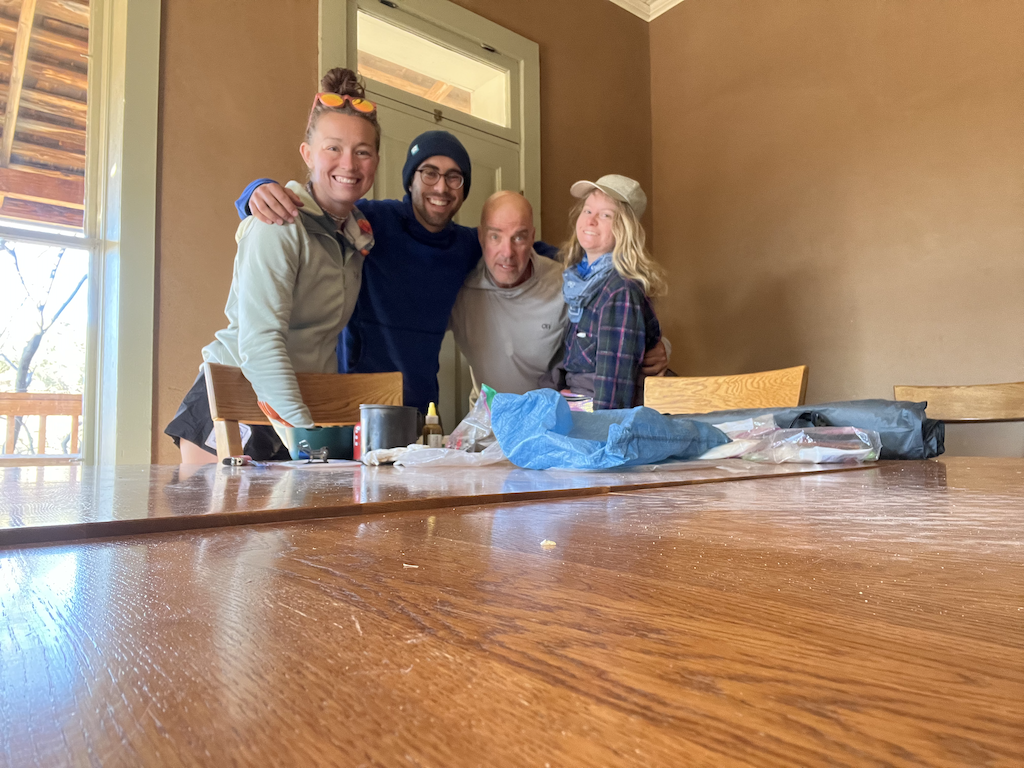
I was conflicted about being part of a tramily because I felt the urge to do my own thing and be on my own since I questioned if the tramily was worth the effort. In short, the answer is yes. The tramily was always there for each member to provide support and encouragement. Unfortunately, the tramily physically split on the trail because everyone still had their agendas, but we remained in touch virtually.
Taking advice from Whit and Josh to still do my own thing was essential, and my conflict was how much to invest in the tramily versus how much I should focus on my hike. For me, I played it by ear. Whenever a tramily member needed anything, I wanted to provide it. Otherwise, I did my own thing. I will not look for a tramily on my next hike, but if one develops organically, I’ll accept it. That said, there will always be a special place in me for my first tramily.
Vortexes
A hiking vortex occurs when a hiker spends too much time in a town. I fell into vortexes in Tuscan, Flagstaff, and Payson. Vortexes are a double-edged sword. On the one hand, they are enjoyable, and off-trail experiences are part of the hike. On the other hand, they can be time and money sucks. Finding a balance and being objective is hard to do.
Sometimes the experience through a vortex is excellent. My Tuscan vortex was valuable because Ian helped me experience a town I never knew had so much. The downside was that the third day took most of the day to leave town.
I should never have had a vortex in Payson. There was no value in doing the zero. Payson was not enjoyable like Tuscan. Flagstaff, on the other hand, was more fun. When in Flagstaff, I did spend time caching water and doing some trail magic. Likewise, I enjoyed the town. If Mama Burger had a meal plan, I would have signed up.
The lesson learned is to enjoy the vortex and do my own thing. Leaving or staying are my choices.
WFR
My Wilderness First Responder (WFR) training came into play several times. First, a tramily member suddenly experienced hypoglycemia when we all camped at Kentucky Cabin. Second, a tramily member was experiencing symptoms of heat exhaustion. Third, there was a group of three hikers, with one of them experiencing gastrointestinal distress. Fourth, an unprepared hiker was exhausted and did not want to climb out of the Grand Canyon.
In all cases, I knew what to suggest.
I did communicate through NOLS to thank my instructors, Ravi and Dave, for preparing me to properly handle trail emergencies, which was why I took the course.
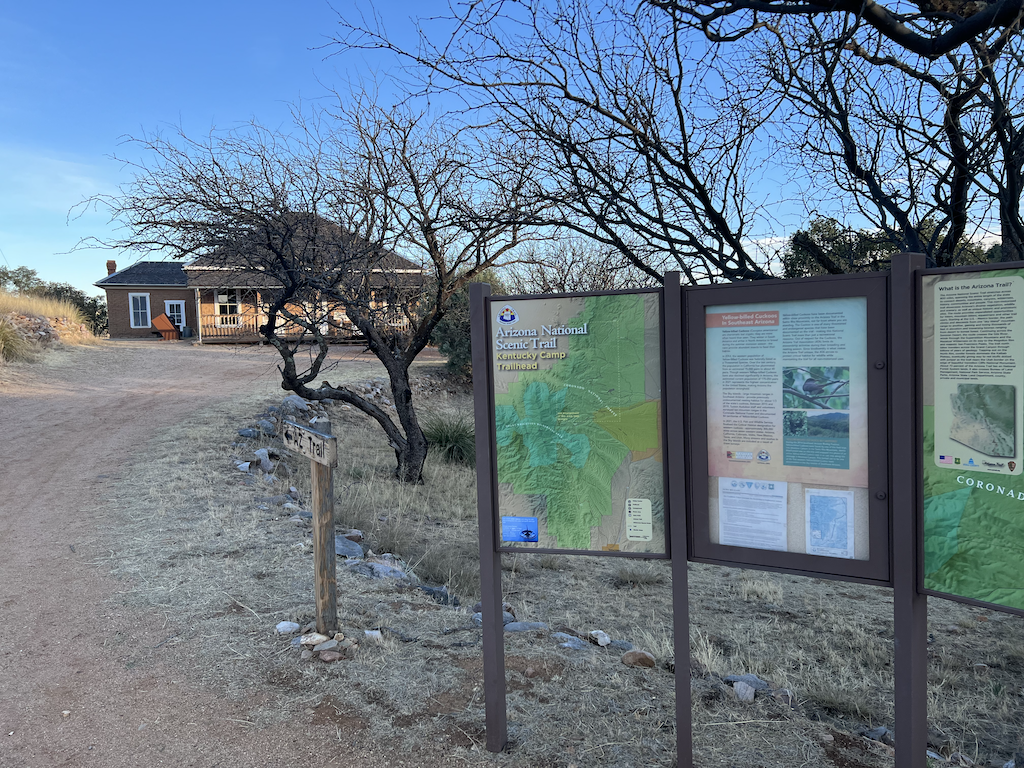
Defining Goals
I mentally prepared for the AZT and was able to focus, but I also needed to determine goals around towns and how to respond to vortexes and even tramily. I got lost in the thrill of having a bed, good food, and clean clothes in some towns, so I played it by ear about when to leave. I did not define and express my goals and desires, which caused frustration for me.
Being a People Pleaser
Sometimes I am too much of a people pleaser and sacrifice my goals to please others. When I realize this, I usually change to being a solid introvert. I’d like to learn to modulate those opposite poles. Defining and communicating boundaries is excellent advice that Kharen provided. Those boundaries are both for me and those around me.
Defining boundaries involves asking for and respecting other people’s goals. Others’ goals deserve understanding, and I need to take the energy to understand them.
Town Stops
Resupply in town is more manageable than sending resupply boxes when that is an option. Coordinating shipping boxes and picking them up stresses the people I ask to send them. Getting to town and working around open hours to pick up boxes is also stressful. That said, sometimes resupply boxes are required because there are no other options. The lesson is only to use resupply boxes when needed.
Water Carries
I still carried too much water between known water sources. I usually took 2.7 liters for the AZT when leaving a water source. I usually had over 1 liter remaining when I got to the next water, say 15 miles away. I was never thirsty. Taking only 1.7 liters would have been wiser in most cases. As I progressed northward, I carried less water.
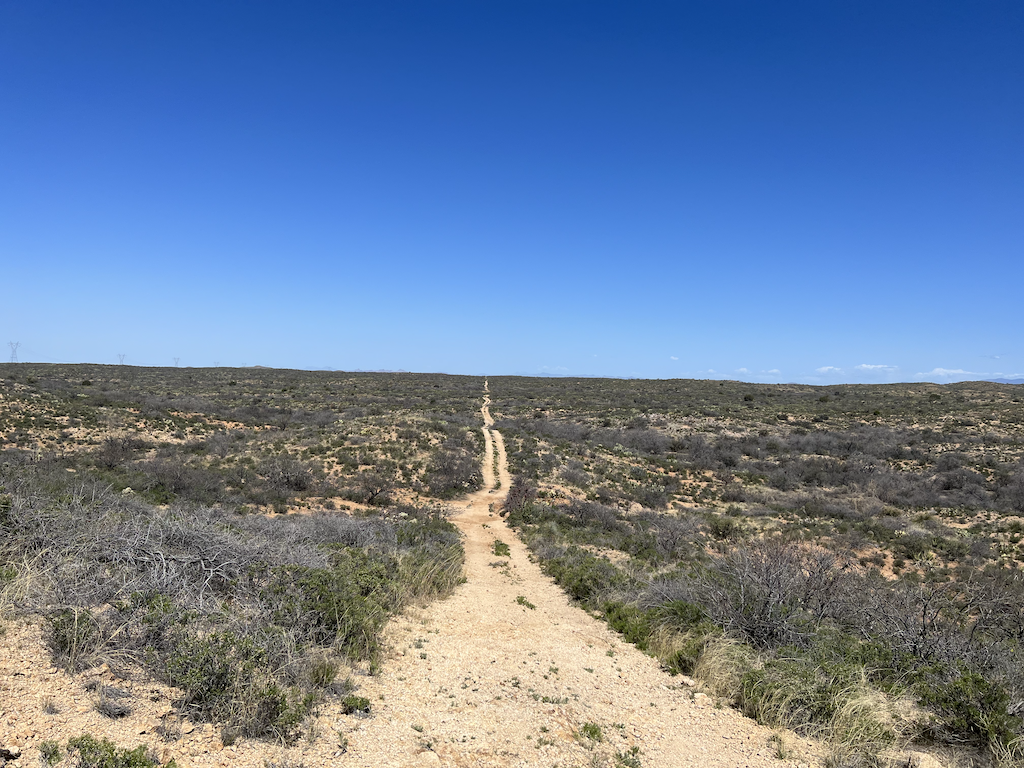
Distance Hiking
I can hike. Once I got my hiking legs, doing 20-40 miles was possible. I had multiple 30+ mile days, my longest was 38 miles. I start early, even before sunrise, and trek past sunset. Doing distance on dull days was good for getting the boring part over. Of course, daily mileage depends on terrain and conditions. On hot days and days with long water carries, hiking at night was great advice from my brother Sean.
Ascending
Good advice from Josh was to keep moving on ascents. Don’t stop; just slow down if you are tired. Josh’s logic is that when stopping, lactic acid will build up. By continually moving, blood keeps flowing and helps flush muscles of lactic acid. Ultra-runners slow down rather than stop. Furthermore, time over distance improves. Ascending the Grand Canyon, I never stopped, only for a few seconds to take photos. It worked!
Descending
Don’t fight momentum. I suck at descending. Falling, slipping, or tripping happens when I go down, so I am cautious, put on the brakes, and try to defy gravity. As a result, I slip, and I’m slow. When descending the Grand Canyon, my quads eventually had no more strength about a quarter mile from the Colorado River because I fought the momentum that gravity provided.
I learned from Josh to jog on descents and use momentum. I practice foot quickness and placement. I stopped worrying about slipping and falling. I slowly jog down and use active rest (i.e., walking) to help recover my legs.
Food
Hiking, especially for the first few days, depresses my appetite. I have adjusted my meals to have simple, tasty food for the first few days. The AZT taught me that I still carry too much food because I pack too much for my appetite. I will always consume electrolyte packets and bars that I like. I did not always eat lunch; my lunches of tortillas and peanut butter. Eating tortillas worked when I rested for an hour during the day’s heat. Otherwise, I ate bars while hiking.
Same for breakfast. Having a bar, like Bobos, when starting in the morning happened more than making oatmeal and having coffee. I will forgo the coffee and reduce the number of oatmeal breakfasts, substituting Bobos bars for making breakfast. Besides, eating a bar on the trail is faster than having oatmeal.
Clothing
I substituted a mid-weight Merino wool top for the lightweight Merino wool top instead of carrying a sleeping bag liner for cold nights in northern Arizona. Using a heavier base layer worked well.
Gear
I carried a groundsheet for the AZT. Previously, I used a Polycro sheet, but it never lasted more than a week, so I got a Dynema groundsheet from Z-Packs. The sheet worked great; my tent and UberLite pad never got punctured, and the groundsheet worked great cowboy camping.
Going forward, I expect to use the groundsheet in rough, dry sections, like deserts, or where I expect to do a lot of cowboy camping.
Making My Hike Mine
For the first week, I was concerned about others and let these concerns direct my hike. I went to the Parker Marina Store with Colt on day two and got injured. Furthermore, I spent six hours not hiking as I tried to support Colt and the marina store owner. In Tuscan, I spent way too much money on eating and hotels and did a double zero because I told myself I should wait out the heat and encourage and support other hikers. After Tuscan, I did more to make my hike mine, but I still felt uncomfortable. I went to Payson with a fellow hiker and spent too much time in Payson.
In the future, I need to define what I want from the town stops and communicate these to other hikers. Defining and communicating my town goals will limit time in trail towns and resupply by committing to quick stops.
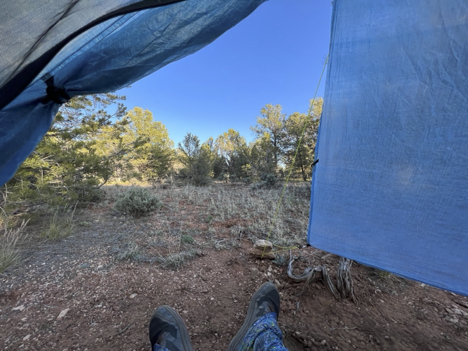
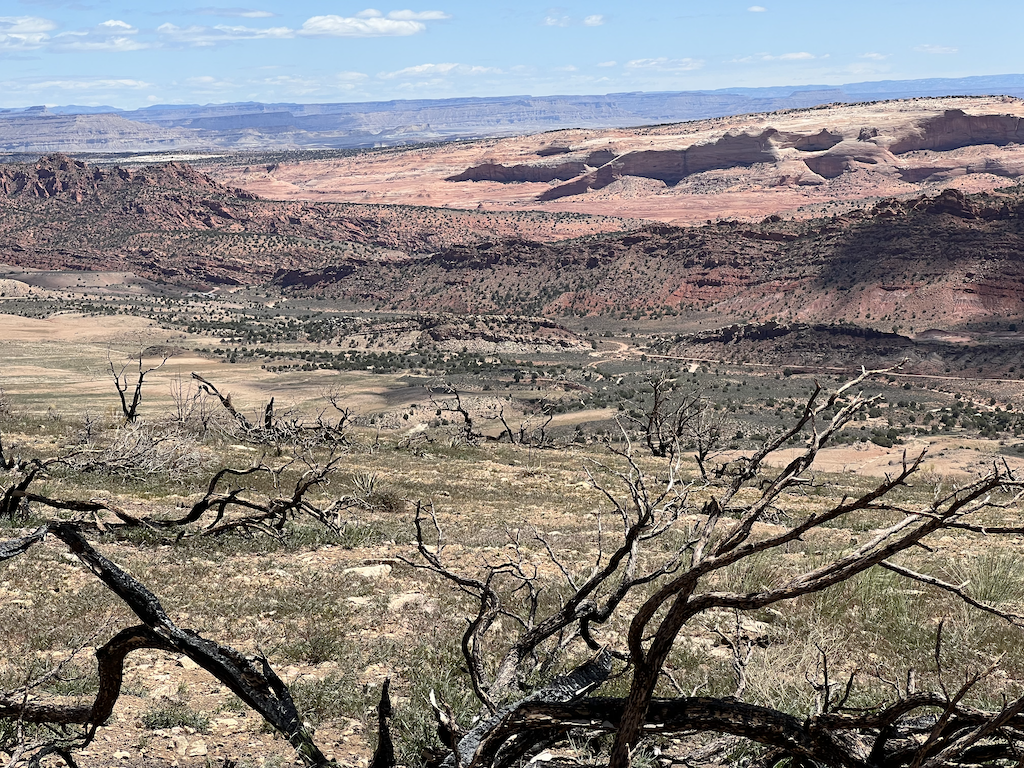
The Arizona Trail exceeded my expectation. There were many Type 1 and 2 fun occurrences. The Type 3 fun occurrences were few and entirely in my head. I could have avoided these by being a better communicator and letting things that don’t matter go.
